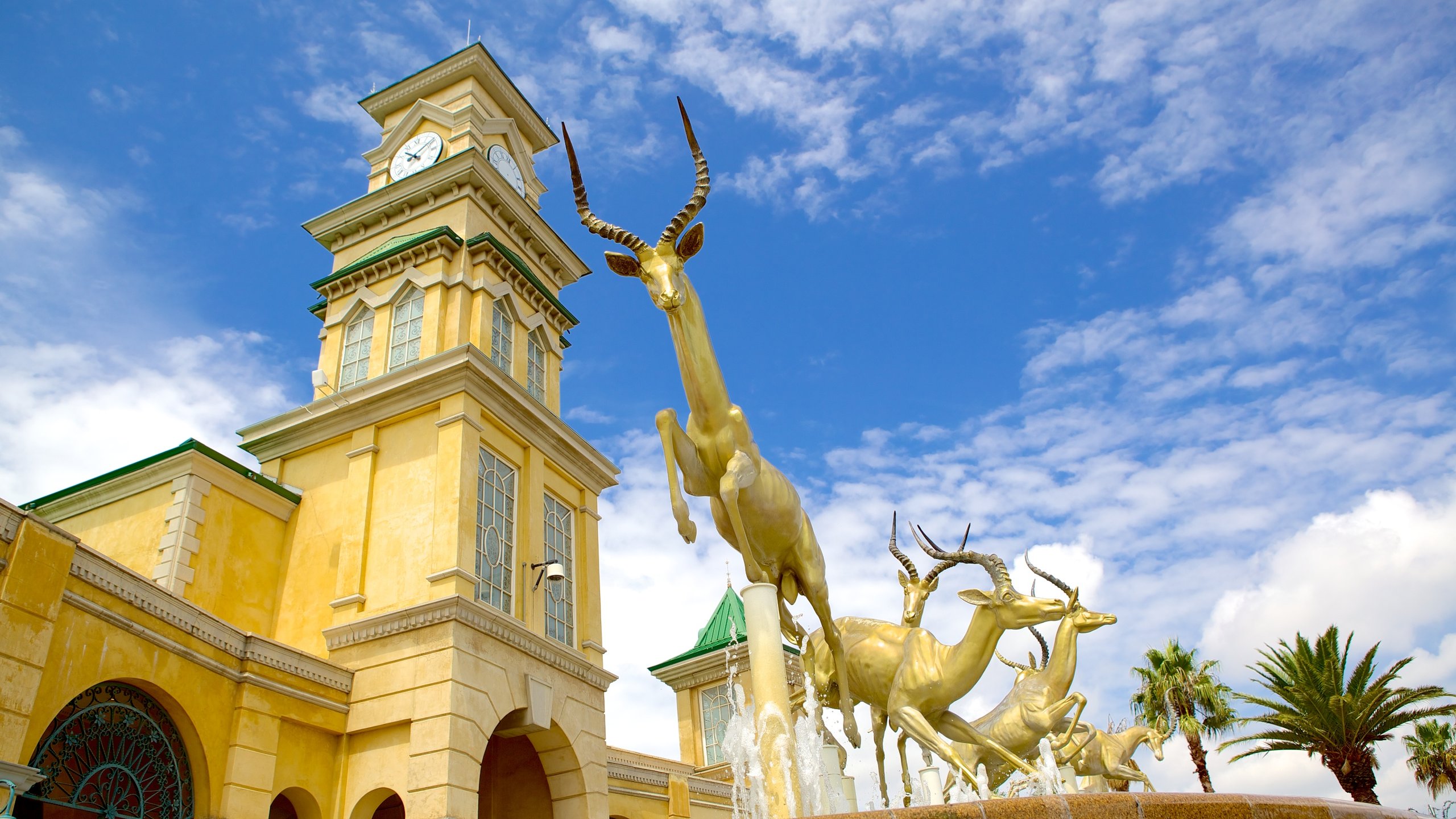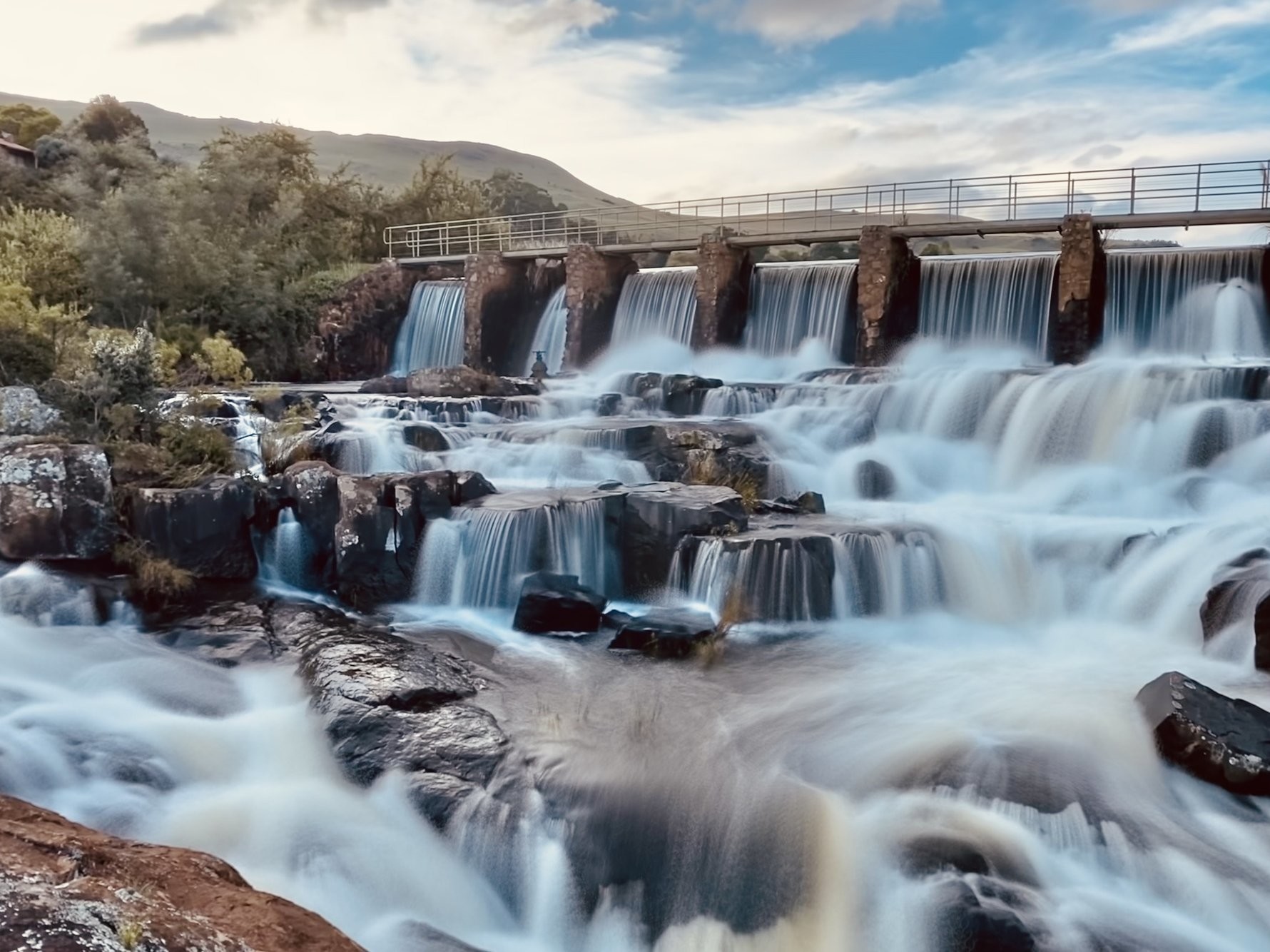The 4-Minute Rule for Johannesburg North Attractions
The 4-Minute Rule for Johannesburg North Attractions
Blog Article
Johannesburg North Attractions Can Be Fun For Anyone
Table of ContentsThe Greatest Guide To Johannesburg North Attractions9 Simple Techniques For Johannesburg North AttractionsLittle Known Facts About Johannesburg North Attractions.9 Easy Facts About Johannesburg North Attractions ShownThe Best Strategy To Use For Johannesburg North AttractionsThe 45-Second Trick For Johannesburg North AttractionsThe Buzz on Johannesburg North Attractions
However you must keep safety in mind and travelers should stay sharp at all times when in strange environments. Talk to the locals when you remain in town to locate out regarding the location you are staying in. Johannesburg North attractions. When on the road (this doesn't put on purchasing malls and other safe and secure settings) ideal basic advice is to try your ideal to resemble a local and to stay clear of presenting any type of kind of wide range
How Johannesburg North Attractions can Save You Time, Stress, and Money.
Teacher Revil Mason O. J. (Thomson, 1946) checked out the Witwatersrand's pre-colonial history. His historical job blew up the 'em pty land' myth, according to which the region was devoid of human habitation before the arrival of European settlers. In his magazines Prehistory of the Transvaal: A Document of Human Activity (1962) and Beginnings of Black People of Johannesburg and the Southern Western Central Transvaal AD 3501880 (1986 ), Professor Mason showed the extent of social and economic advancement in the location prior to Europeans set foot right here.

The Buzz on Johannesburg North Attractions
In 1878, David Wardrop located gold in quartz capillaries at Zwartkop, north of Krugersdorp. In 1881, Stephanus Minnaar came across gold on the farm Kromdraai, near the Cradle of Mankind.
In March 1886, an outcropping (quickly to be called the Key Reef) was discovered, rather fortunately, on Gerhardus Oosthuizen's farm Langlaagte. Some claim that the Lancastrian coal miner George Pedestrian uncovered this coral reef. One more travelling English prospector, George Harrison (who had actually previously operated in Australian mines) gotten a prospecting permit in regard of Langlaagte in May 1886.
He determined to move on in a pursuit for greener pastures, and disposed of his Langlaagte claim for the baronial amount of 10. Alas: below lay the wealthiest goldfield ever discovered. The discovery of this abundant auriferous reef provoked a gold rush that signalled completion of agrarian tranquillity in the southerly Transvaal.
It would, within 6 years, end up being the largest town in southern Africa. Within a decade, it would make the Z. A. R. until then an anarchical and bankrupt little state the wealthiest nation in Africa. By the millenium, the Z. A. R. was to exceed Russia, Australia and the USA of America to end up being the globe's leading gold producer, creating greater than a quarter of the globe's gold.
Fascination About Johannesburg North Attractions
It was referred to as Ferreira's Camp, called after Colonel Ignatius Ferreira. He was a Boer adventurer upon whom the British authorities had presented the status of Friend of one of the most Differentiated Order of St Michael and St George (entitling him to the post-nominal letters C. M. G.) in gratitude for his function in the battle that had deposed the Pedi king Sekhukhune in 1879.
Quickly the camp was including outdoors tents and wagons as newbies showed up daily from much and wide. By September 1886, some 400 individuals stayed in Ferreira's Camp, which quickly boasted prefabricated iron and wood buildings. Two other camps were established: Meyer's Camp on the farm Doornfontein, and Paarl Camp. The latter was nicknamed Afrikander Camp; lots of people from the Cape Nest worked out there.

Facts About Johannesburg North Attractions Revealed
This name obtained money by word of mouth, such that the State Assistant verified the name to the Mining Commissioner on 9 October 1886. Stands in the village were auctioned on 8 December 1886. While some stands were cost 10, others were torn down for as little as sixpence.
2 years later, these erven were to transform hands for as long as 750 each. The tented camps decreased as a dorp of corrugated iron buildings developed and expanded north of the mines situated along the Key Coral Reef Road. Areas such as Jeppe's Town (where working-class immigrants erected their dwellings) and Doornfontein (where the affluent brand-new 'Randlords' started to construct their extravagant residences) were soon included to the ever-expanding map of the community.
Johannesburg North Attractions Fundamentals Explained
Apart from the street names, there were no signs of Johannesburg being positioned in a Dutch-speaking country., nearly every person talked English and also the Federal government slaves resolved one in English, unless they were first addressed in the Taal (or Low Dutch)'.
Britain had an interest in guaranteeing ideal conditions for gold manufacturing on the Witwatersrand, and that the gold was exported to London instead than Berlin a crucial provided all the extra clamant by the Z. A. R.'s increasing toenadering with Germany. Mine proprietors got on a clash with President Kruger, whose plan of monopolistic giving ins (commonly granted to his cronies) prevented mining my site business from acquiring products of products (particularly dynamite) and labour by themselves, cheaper terms
The Johannesburg North Attractions PDFs
In 1890, the Volksraad had actually limited the franchise to white guys that had stayed in the Z. A. R. for fourteen years or longer, hence disqualifying many of the immigrants (who took place to be the significant contributors to the fiscus). Nevertheless, agitation for the ballot was a mere pretext for promoting a different schedule; the majority of uitlanders concerned themselves as short-lived visitors and had no objective of continuing to be in the Z.
Report this page